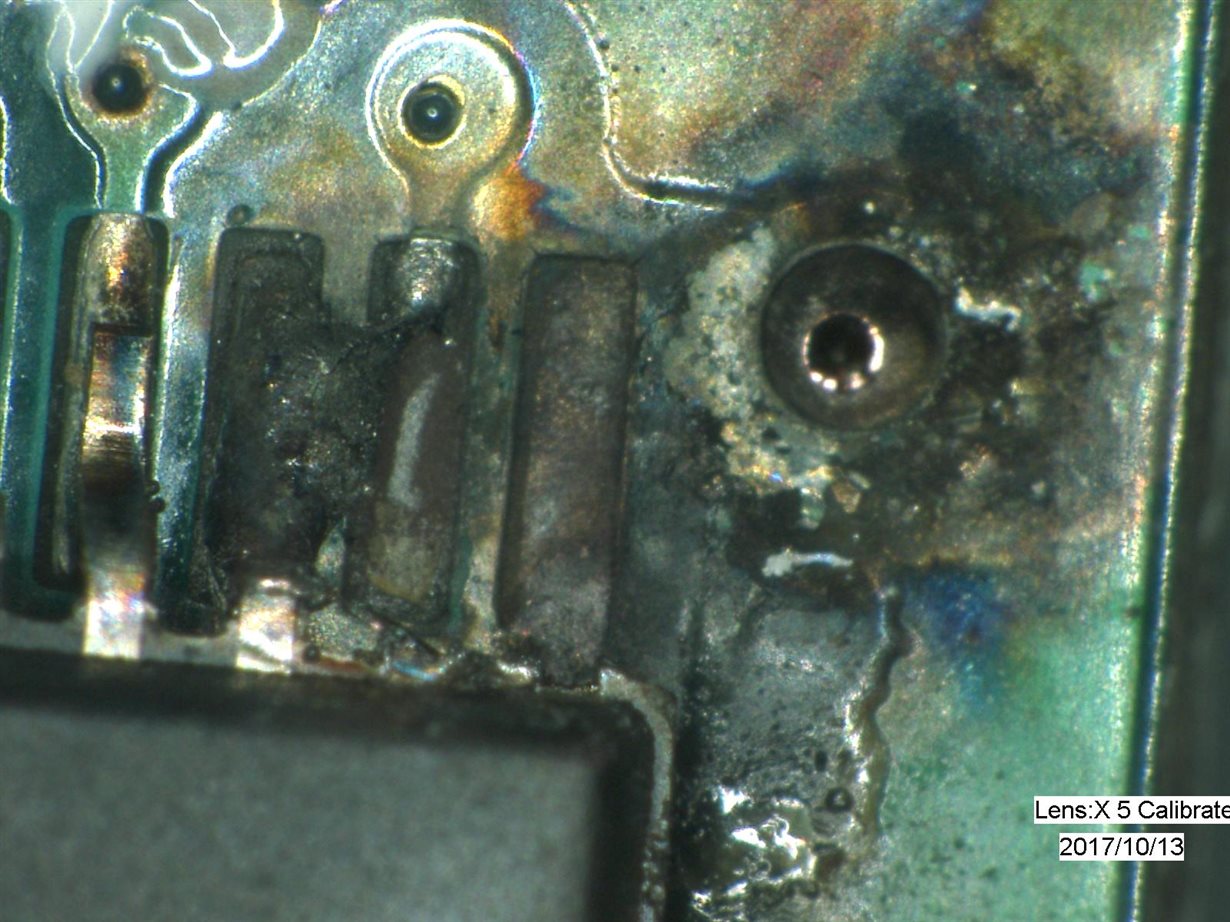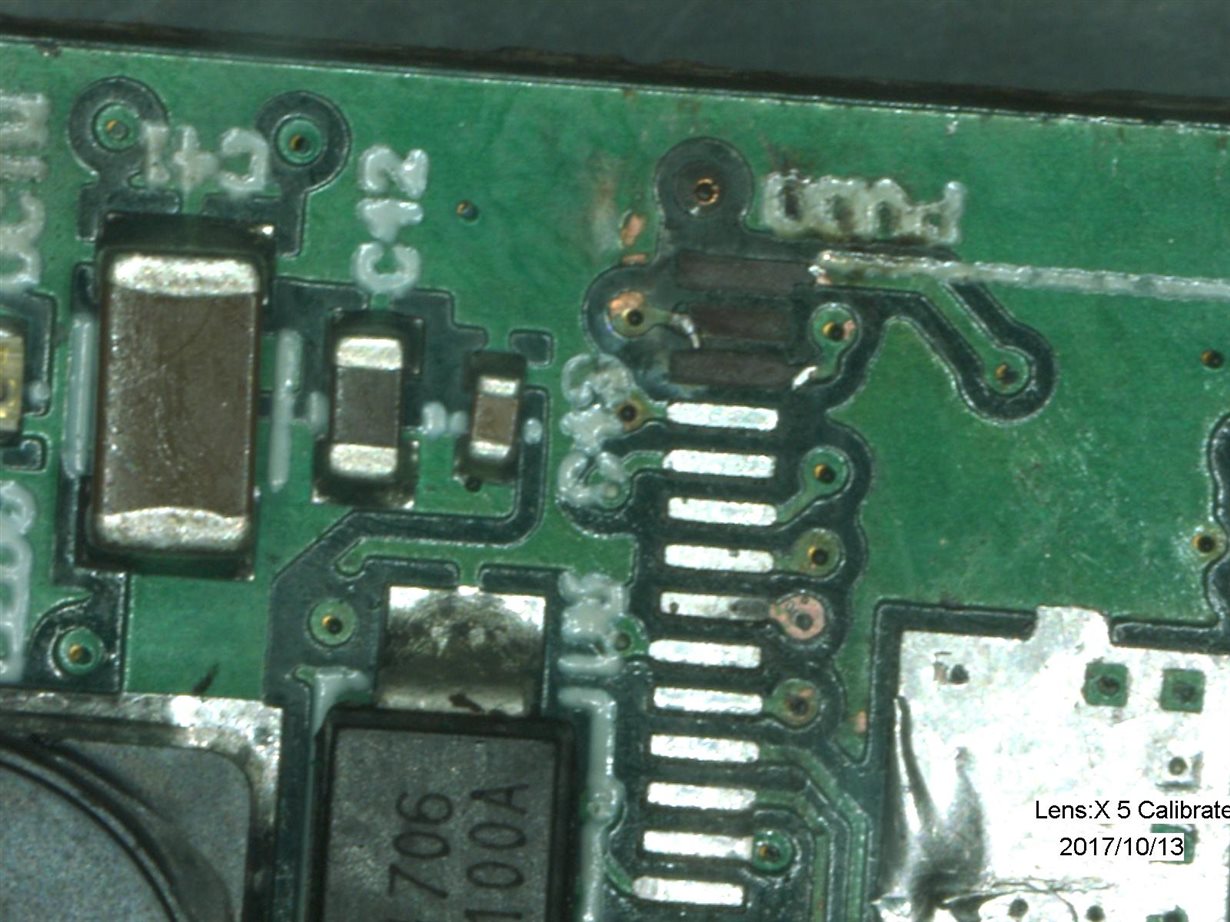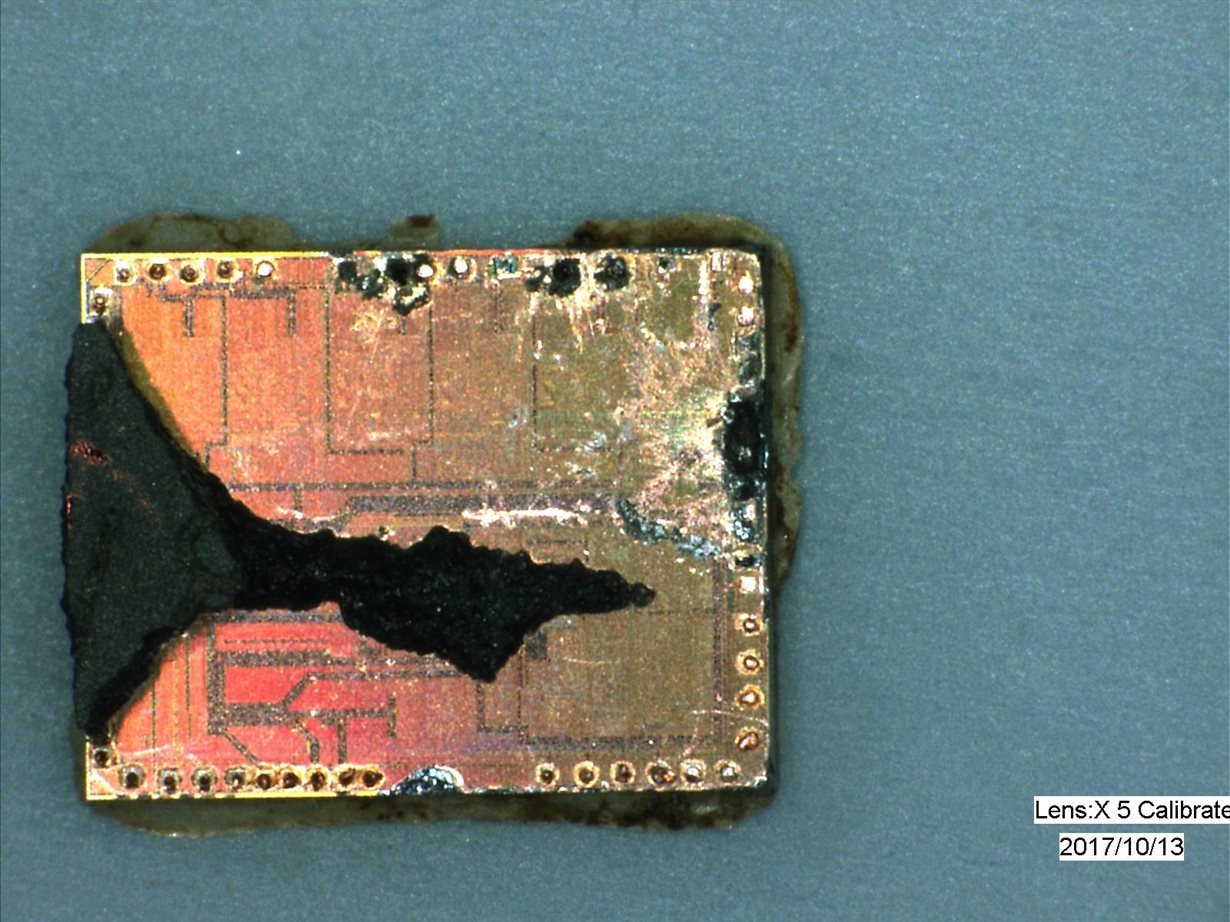Other Parts Discussed in Thread: TIDA-00281
Hi,
We have a custom board design based on the drv8301kit_D. We have had several failures of the DRV8301 driver in which a hole is blown out of the chip. This usually is accompanied by at least one or more of the MOSFETs failing. The schematic design is almost identical to the drv8301kit_D, the MOSFETS are TI CSD19535KTTT.
We are running at a 48v bus.
Various motors, absolute encoder sensing so we can get maximum stall torque.
The first failures happened while running off a bench power supply at higher speeds, we assumed that braking action bumped the bus voltage and caused the failure. The last failure happened with the motor locked (only some small play in the transmission so not a lot of motor motion). This did have a high current command ~50A that was sent to the motor.
Any help is appreciated.
Regards,
Larry Stevens




